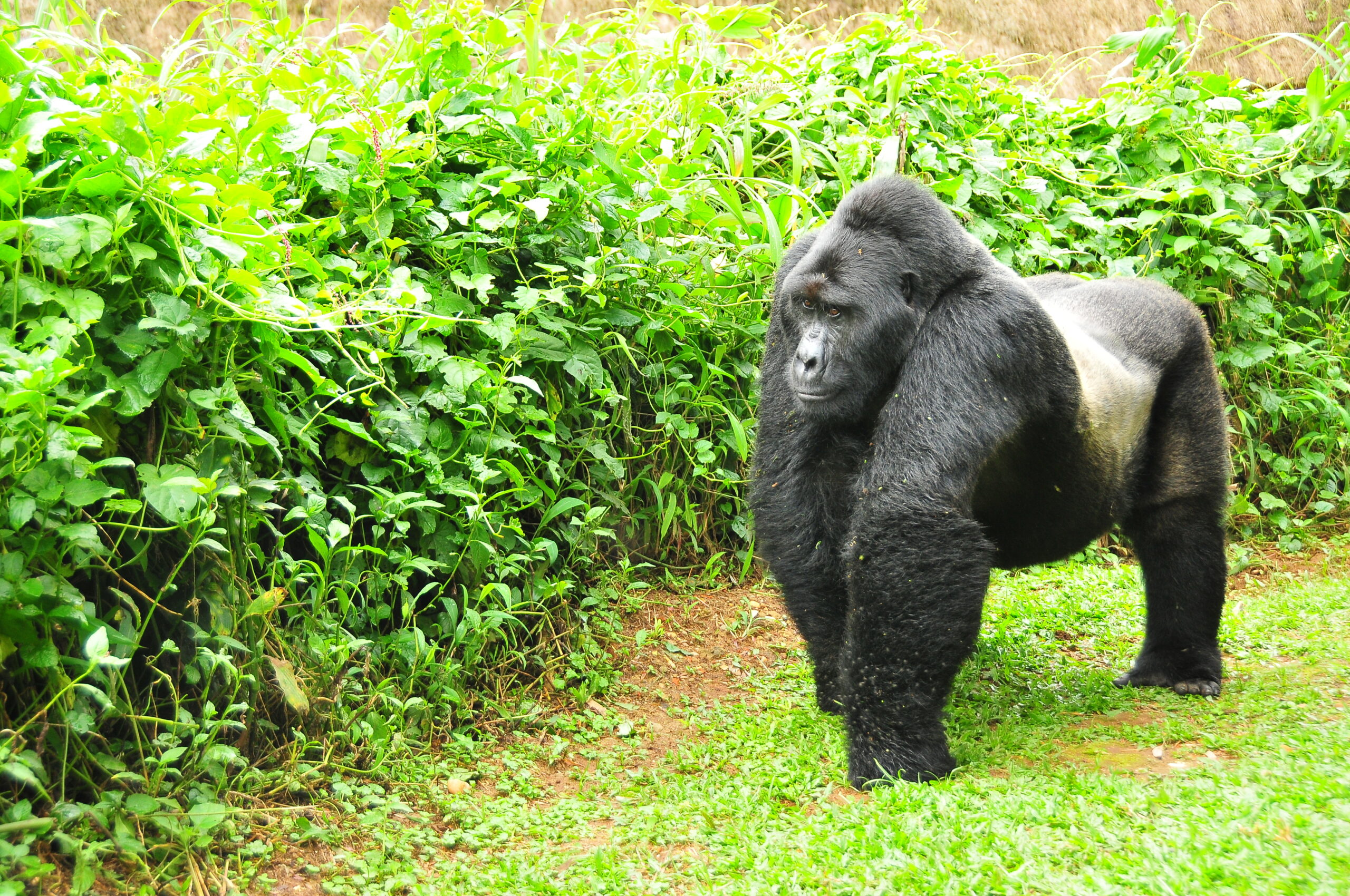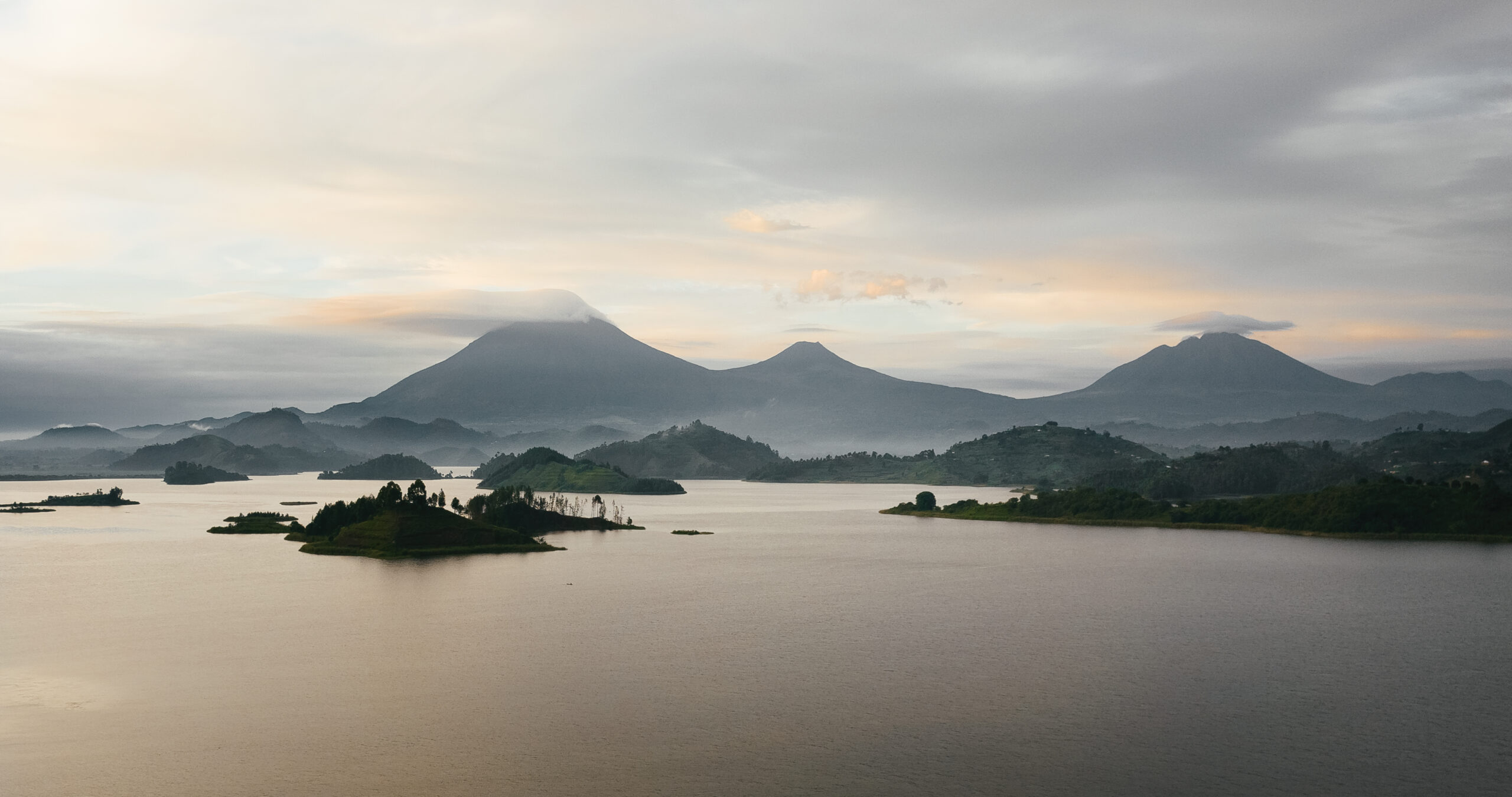Finding new travel destinations is not just a matter of being the first and the hippest to jump onto the newest trends. It’s a natural effect of travelers wanting to expand their horizons, one of the main reasons people travel at all. And now, in 2024, the word “overtourism” is a real thing, and something that must be taken into consideration whenever planning travel. Finding new destinations can be a way of avoiding overcrowded tourist attractions, and not contributing to the problem of overtourism.
This brings me to the subject of Uganda, the country in Central Africa that Winston Churchill called “The Pearl of Africa.”
Uganda is not a new destination, but it’s not the first or the second African destination Americans are most likely to visit. Most visitors to Uganda have already traveled to Africa a few times. That’s a small part of the American market. Still, Uganda is enjoying a rising profile now, as travelers become more experienced and seek to dig farther into Africa. Though Uganda accounts for only a tiny sliver of the U.S. travel market, the U.S. is now Uganda’s top source of visitors outside of Africa.
The Uganda Tourism Board had a strong presence at the U.S. Tour Operators Association Annual Conference & Marketplace in Los Angeles in December. Uganda’s national tourism agency sponsored one of the evening party/networking events, and used the platform to spread the word about Uganda, and why it’s a great place to visit. And it is truly a great place to visit. I can vouch for that, having been there myself.

The Gorillas of the Mountains
There are many reasons to visit Uganda, some more well-known than others. The number one reason most people know of is the mountain gorillas. And that’s appropriate, even though it’s only one part of Uganda’s charm. Meeting the gorillas is one of the rarest and most stunning travel experiences possible in the world now.
The fact that there are only about a thousand of them left in the world creates a special sense of urgency. These fellow primates have more than 98 percent of the same DNA as humans, and they are on the verge of extinction.
The humans who dedicate themselves to preserving our fellow primates are doing battle against the other humans who kill them to cut off their heads and body parts to sell them. The gorillas have no natural enemies in the wild other than humans.
So there is certainly a sense of urgency in seeing these animals while it is possible. And the money you pay to encounter them goes into the effort to preserve them.
As we seek life in outer space, it makes sense to give some attention to life on our own planet, especially a species that is so close to us.
I recently saw report that said that some sort of analysis of human DNA determined that the entire species of modern homo sapiens got down to a population of about 1280 individuals, before it rebounded and evolved to the point where now there are some 8 billion of us. Hopefully, the gorillas will make it through this.
There is only one place in the world where they survive. It is said that the gorillas survive in three countries: Uganda, Rwanda and the Democratic Republic of Congo, but that’s just because of the way we draw the boundaries. It’s really one place, the Virunga Massif, and the three countries each claim part of it. Uganda has the largest portion.
Collins Dictionary defines massif as “a geologically distinct mass of rock or a series of connected masses forming the peaks of a mountain range” or “a topographically high part of the earth’s crust that is bounded by faults and may be shifted by tectonic movements.”
It’s an incredibly beautiful place of high elevation, where the peaks cut into the clouds. The volcanic soil, from ancient eruptions, is highly fertile, causing colorful vegetation to burst out of the soil. The environment favored by the gorillas is a temperate rainforest, a cool jungle in the mountains.
So, there’s no contest, the gorillas are the starring attraction of Uganda, just as they are unmatched anywhere in the world outside of the Virunga Massif.
But Uganda has much more to offer. As in most places, the people are the greatest attraction, and you will only encounter the gorillas through them. And on your way to Virunga, you will encounter much more of the people and their cultural artifacts.
Kampala and the Storks
You will probably land at the Entebbe International Airport and visit the nearby capital city of Kampala. And you may notice the storks that share the city with the humans. They are very large birds and like to perch at high points, such as church steeples or anywhere else they can get a broad view of things and pose majestically for all to admire.
Besides being an attractive and friendly presence in this lovely city, they also help keep it clean, by cleaning up the garbage left by people and eating it. They are so big, that if you happen to walk by one helping himself to some morsel in a garbage can, it may turn your head because they are about the size of a child. It’s a striking sight.
The maribu storks are not likely to be included in most lists of tourist attractions of Uganda, but they are a very colorful part of the experience of that city. I’ve never been to another city where they have such a presence as they do in Kampala.
Kampala is a charming city all around. Because Uganda was a protectorate of Great Britain at some point, but never a colony, the culture did not develop an anti-colonial sentiment.

The Big Five Plus Two
Speaking of wildlife, don’t forget the chimpanzees. They are not as rare as the gorillas, or on the brink of extinction, though they are also on the endangered list. Their DNA is even closer to human DNA than that of the gorillas.
The world chimp population of a few hundred thousand is spread among some 21 countries, but there aren’t many places to encounter them in the wild.
One of the best places is Kibale Forest National Park in southwestern Uganda. Chimp watching can also be done at Mahale Mountains and Gombe Stream in Tanzania, and Nyungwe Forest in Rwanda.
In Uganda, they like to say they have “the Big Five Plus Two.” That means the regular “Big Five” of the trophy hunters (elephant, lion, leopard, Cape buffalo, and rhinoceros), plus gorillas and chimps. That means you can do regular safaris, similar to what you would get in the neighboring countries of Kenya and Tanzania, but you can also see the gorillas and chimps. Andrew Wegoye, owner of Hornbill Treks and Safaris, was at the USTOA conference. The company offers tours and safaris in Uganda, Rwanda, Tanzania and Kenya and can provide access to all of what Uganda offers.
Uganda gushes with natural beauty. Along with the fertile volcanic soil, its climate is something like perfect. It’s on the equator, but its high altitude moderates the temperature, making it practically perfect for human comfort.
Uganda is where the source of the White Nile is, one of the main three tributaries of the Nile. It begins near Lake Victoria and flows through Uganda and South Sudan. You can travel to the source of the White Nile and see where it all starts.
Uganda contains much of Lake Victoria, which also spreads into Kenya and Tanzania. It’s the world’s largest tropical lake and the second-largest lake in Africa, with a total area of about 27,000 square feet. Much of Uganda is water, with many rivers, falls and lakes to enjoy in the lush landscape, including Lake Albert, Lake George and Kabaka’s Lake. There are many cruises on lakes and rivers available.
Uganda offers all sorts of outdoor activities, like ziplining, hiking, rafting, kayaking and so forth.
Ultimately, it’s the people. They are charming, friendly and beautiful. And they alone make the trip worthwhile.
For more information, see Uganda Tourism Board at https://utb.go.ug/, or Hornbill Treks and Safaris https://www.hornbillafricansafaris.com
 David Cogswell is a freelance writer working remotely, from wherever he is at the moment. Born at the dead center of the United States during the last century, he has been incessantly moving and exploring for decades. His articles have appeared in the Chicago Tribune, the Los Angeles Times, Fortune, Fox News, Luxury Travel Magazine, Travel Weekly, Travel Market Report, Travel Agent Magazine, TravelPulse.com, Quirkycruise.com, and other publications. He is the author of four books and a contributor to several others. He was last seen somewhere in the Northeast US.
David Cogswell is a freelance writer working remotely, from wherever he is at the moment. Born at the dead center of the United States during the last century, he has been incessantly moving and exploring for decades. His articles have appeared in the Chicago Tribune, the Los Angeles Times, Fortune, Fox News, Luxury Travel Magazine, Travel Weekly, Travel Market Report, Travel Agent Magazine, TravelPulse.com, Quirkycruise.com, and other publications. He is the author of four books and a contributor to several others. He was last seen somewhere in the Northeast US.



